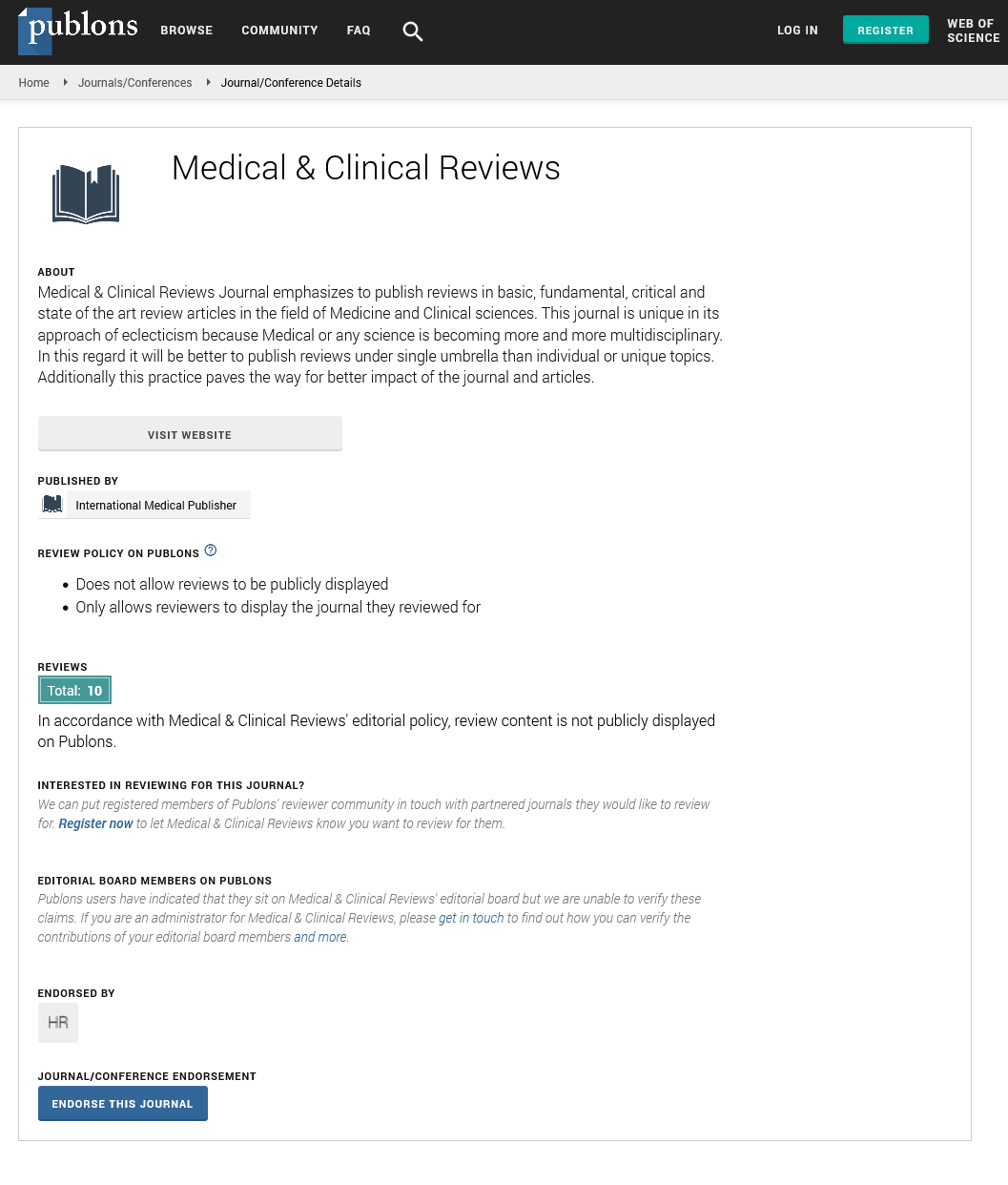Abstract
Hallucinogen-Induced Persisting Perception Disorder
Hallucinogenpersisting perception disorder (HPPD) is a drug-induced condition associated with inaccurate visual representations. Since the underlying mechanism(s) are largely unknown, this review aims to uncover aspects underlying its etiology. Available evidence on HPPD and drug-related altered visual processing was reviewed and the majority of HPPD cases were attributed to drugs with agonistic effects on serotonergic 5-HT2Areceptors.
Hallucinogen persisting perception disorder(HPPD) is a chronic and non-psychotic disorder in nwhich a person experiences apparent lasting or persistent visual hallucinations or perceptual distortions after a previoushallucinogenicdrug experience, usually lacking the same feelings of intoxication ormental alterationexperienced while on the drug. The hallucinations and perceptual changes consist ofvisual snow, trails and after images (palinopsia), light fractals on flat surfaces, intensified colors or other psychedelic visuals.
Hallucinogen use is widespread. In the United States, 16.9% of young adults report having used hallucinogens (Johnston et al., 2008). Although most hallucinogen use apparently occurs without adverse events, there have long been reports of prolonged or reoccurring perceptual changes in a subset of hallucinogen users (Asher, 1971; Rosenthal, 1964; Smart and Bateman, 1967).
Author(s):
Alan Dubro*
Abstract | Full-Text | PDF
Share this

Google scholar citation report
Citations : 906
Medical & Clinical Reviews received 906 citations as per google scholar report
Medical & Clinical Reviews peer review process verified at publons
Abstracted/Indexed in
- Google Scholar
- China National Knowledge Infrastructure (CNKI)
- Directory of Research Journal Indexing (DRJI)
- WorldCat
- Publons
- Secret Search Engine Labs
Open Access Journals
- Aquaculture & Veterinary Science
- Chemistry & Chemical Sciences
- Clinical Sciences
- Engineering
- General Science
- Genetics & Molecular Biology
- Health Care & Nursing
- Immunology & Microbiology
- Materials Science
- Mathematics & Physics
- Medical Sciences
- Neurology & Psychiatry
- Oncology & Cancer Science
- Pharmaceutical Sciences


